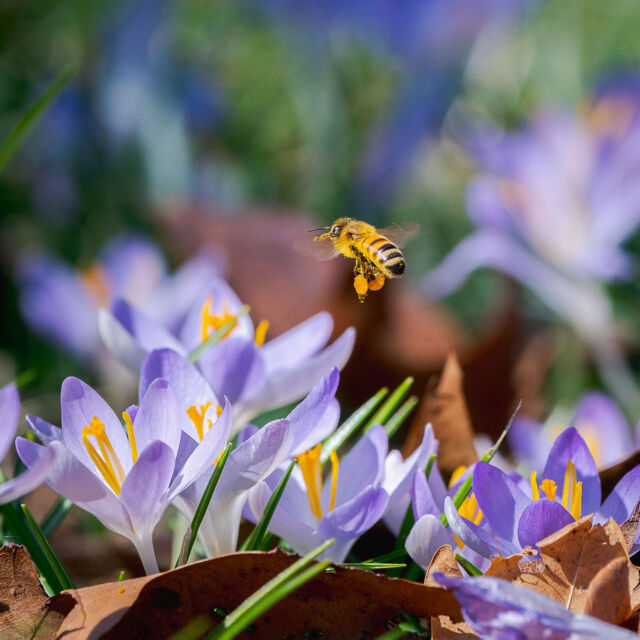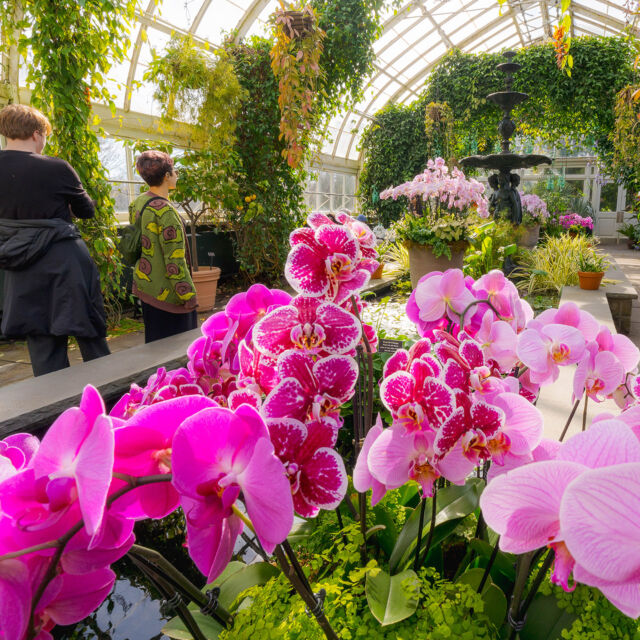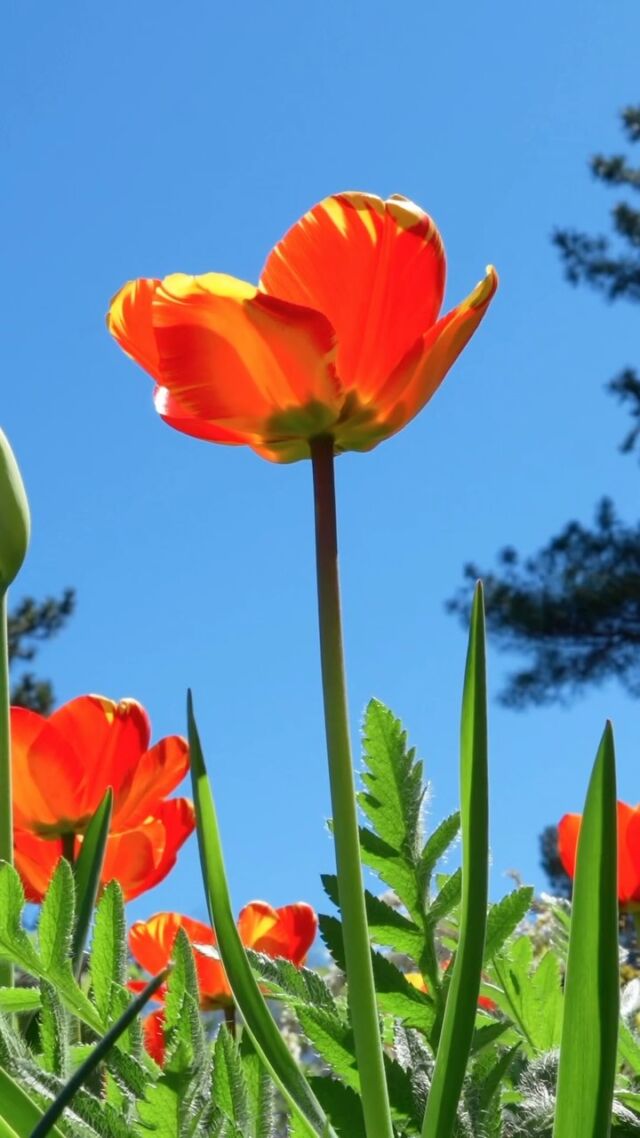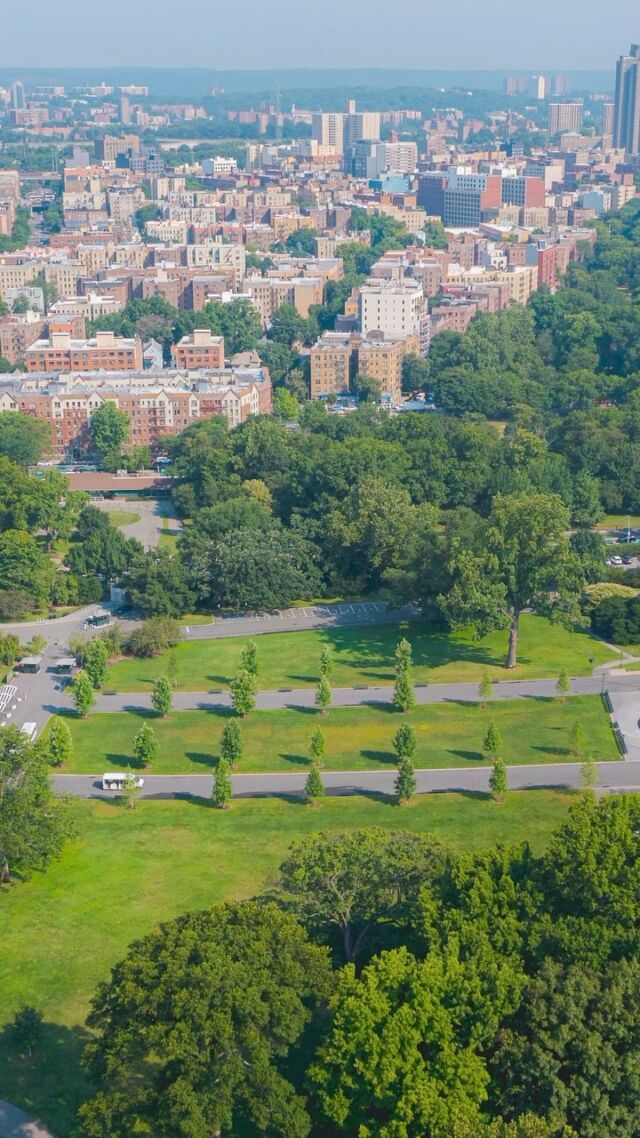Planting New Trees
Todd Forrest is the Arthur Ross Vice President for Horticulture & Living Collections at The New York Botanical Garden.
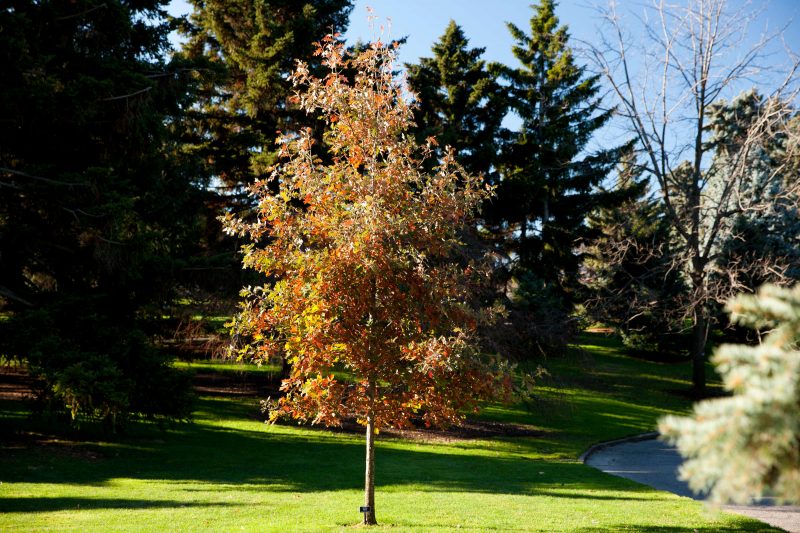
Cherrybark oak (Quercus pagoda)
This is the second installment of a five-part series on caring for NYBG’s magnificent trees.
NYBG curators plant dozens of new trees in the Living Collections and hundreds in the Thain Family Forest every year. Some of these new trees are grown from seeds gathered on collecting trips to locations around the world. Trips to the Republic of Georgia and northern China led to the introduction of many species not previously represented in the Garden’s collections. Others are new horticultural selections sourced from nurseries across the country. Still others are repropagated from historic trees that have been growing in the Garden for decades. Together these new trees ensure that the collections will continue to serve the institution’s research and educational programs for generations to come.
The first and most important step in maintaining healthy tree collections is to plant the right tree in the right place. While Garden horticulturists are somewhat limited by the historical arrangement of plant collections across the landscape, there is enough diversity of habitat throughout the Garden to allow trees to be planted where they will thrive. For example, the Arthur and Janet Ross Conifer Arboretum includes well-drained ridge tops and low, wet seeps. This diversity of habitats gives curators the ability to plant both pines, which generally resent wet feet, and bald-cypresses, which thrive in swampy soil, within their proper evolutionary sequence.
Once a site has been chosen, Garden horticulturists ensure that planting is done properly and that new plantings receive the proper post-planting care. The best time to plant new trees is in early spring after the ground has thawed and the soil is dry enough to work without being compacted. Early fall can also be a good time to plant, although many trees, including most broad-leaved evergreens, magnolias, oaks, birches, tulip trees, sweetgums, crabapples, and hawthorns, are only transplanted in spring.
The next installment in the series focuses on proper planting and post-planting care. This article originally appeared in the Summer 2021 edition of Garden News.
SUBSCRIBE
Enter your email address to subscribe to this blog and receive updates on new posts.







